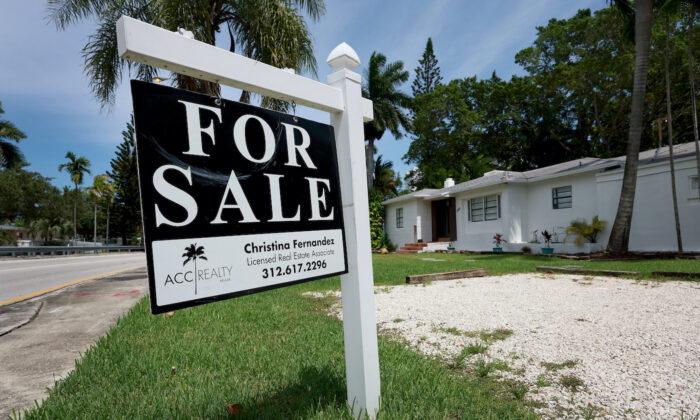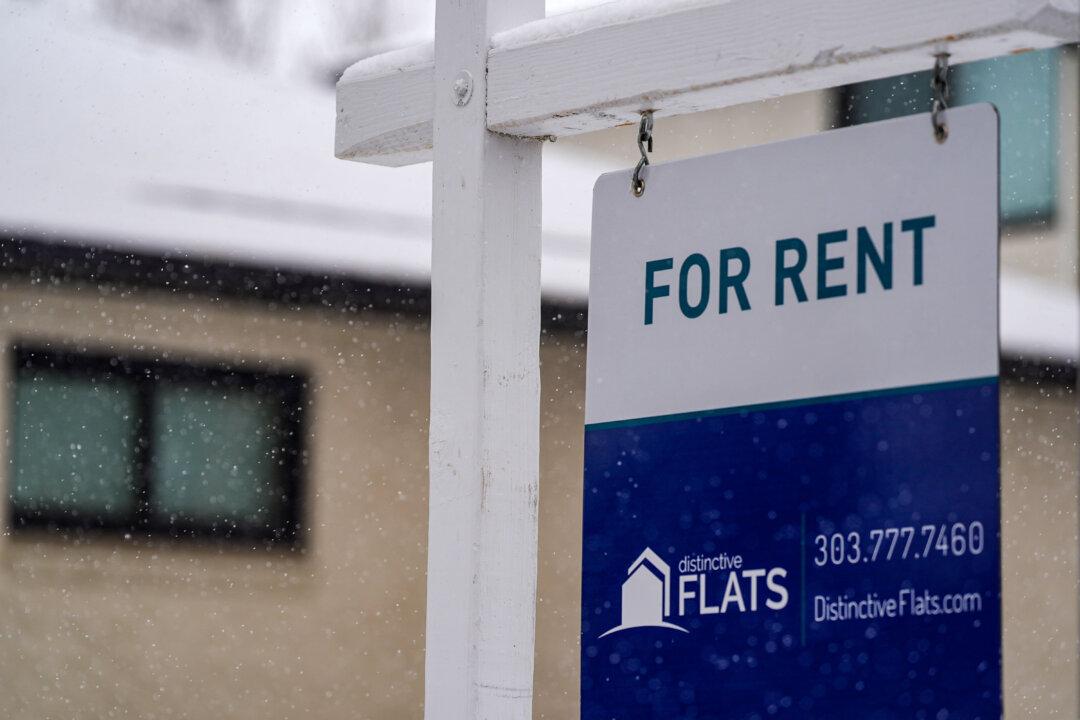The U.S. housing market lost more than $2 trillion in home value during the second half of 2022 as homebuyer demand waned amid elevated mortgage rates, even as home prices fell 11.5 percent from their May peak, according to real estate brokerage Redfin.
Demand from homebuyers slowed down mostly due to high mortgage rates that were pushed up following the Federal Reserve raising its benchmark interest rates. In May 2022, home prices hit a peak of $433,133. By January 2023, home prices had fallen 11.5 percent from May’s peak.
“The housing market has shed some of its value, but most homeowners will still reap big rewards from the pandemic housing boom,” said Redfin economics research lead Chen Zhao. “The total value of U.S. homes remains roughly $13 trillion higher than it was in February 2020, the month before the coronavirus was declared a pandemic.”
Mortgage Rates, Expensive Loans
A year ago, the average 30-year fixed-rate mortgage rate was at 3.89 percent for the week ended Feb. 23, 2022, according to data from Freddie Mac. This rose to 7.08 percent for the week ended Oct. 26. The rate had fallen to 6.09 percent by Feb. 1, 2023, but once more rose to hit 6.50 percent for the week ended Feb. 22.According to Freddie Mac, as the economy is continuing to show strength, mortgage rates are “repricing” to account for stronger-than-expected growth, the potential of “sticky” inflation, and a tight labor market.
Mortgage Affordability
As interest rates and home prices keep increasing, mortgage affordability has become an issue. The typical monthly mortgage rate nationwide is around $2,486, said a Redfin press release on Feb 23.While a homebuyer with a monthly budget of $2,500 would be able to buy a house worth $384,000 at present, the same buyer could have bought a $518,000 home in 2021 when mortgage rates were at 3 percent.
Redfin deputy chief economist Taylor Marr expects more people to buy homes once housing costs come down into a range within their budgets. However, “we don’t know when that will happen. Where mortgage rates go from here depends largely on inflation,” he said.
“When inflation does slow down enough to bring rates back down, there’s a pool of sidelined buyers who will be waiting to jump back in. Those buyers will still be limited by a lack of homes for sale, though new listings are down by double digits.”





